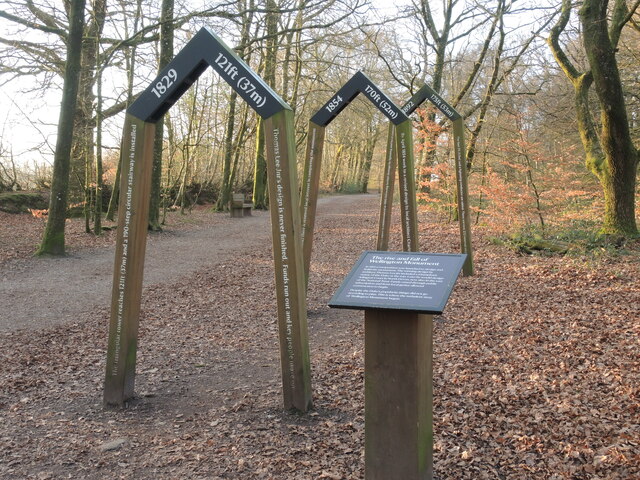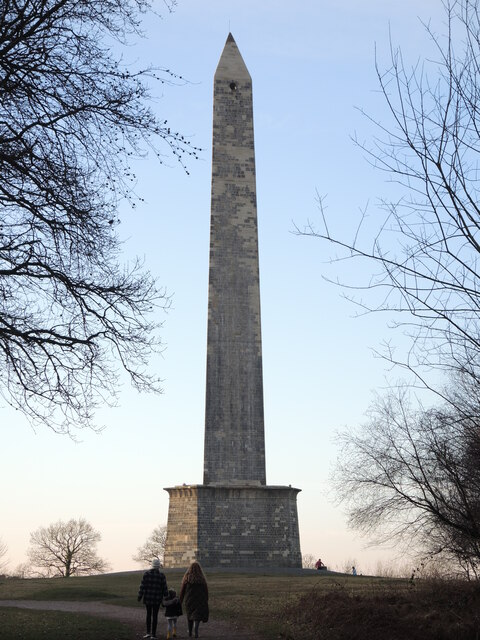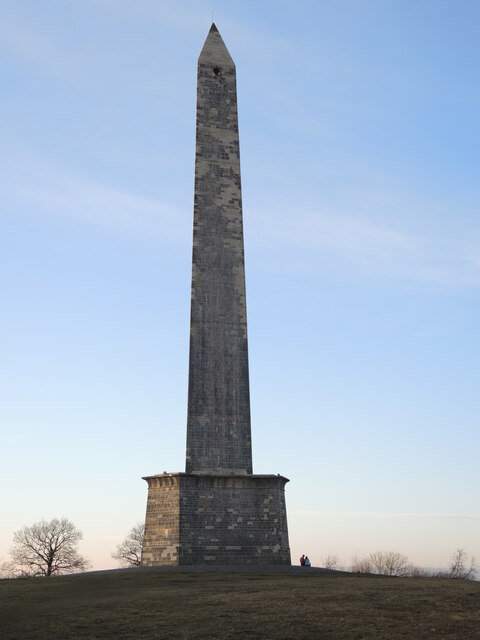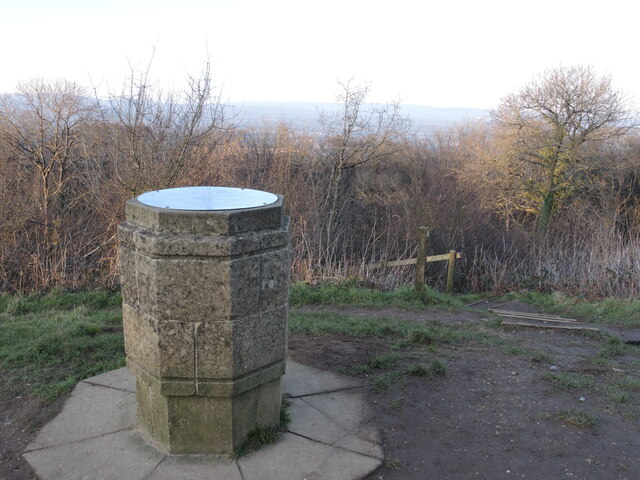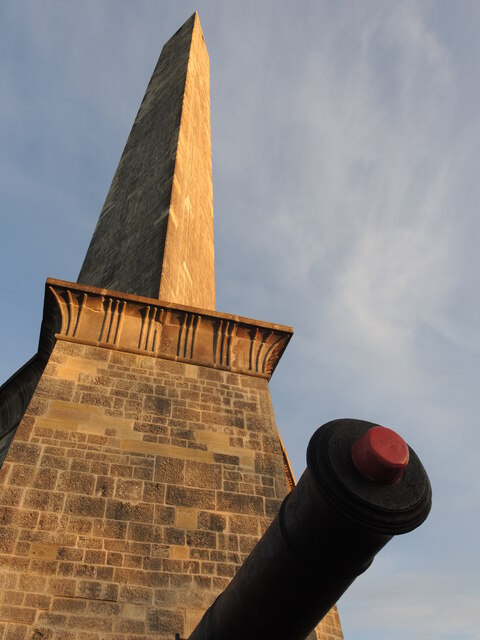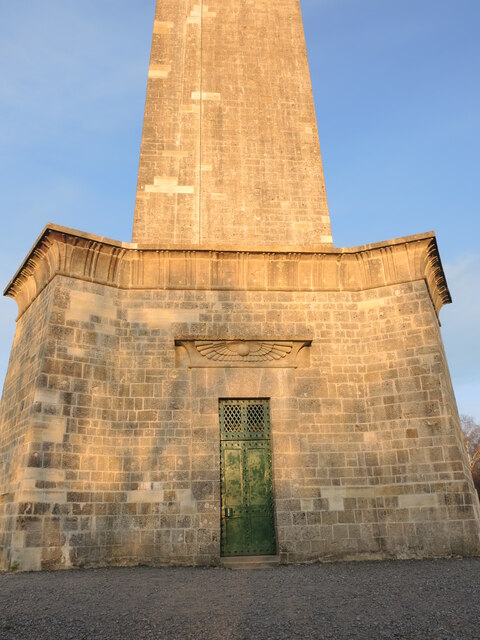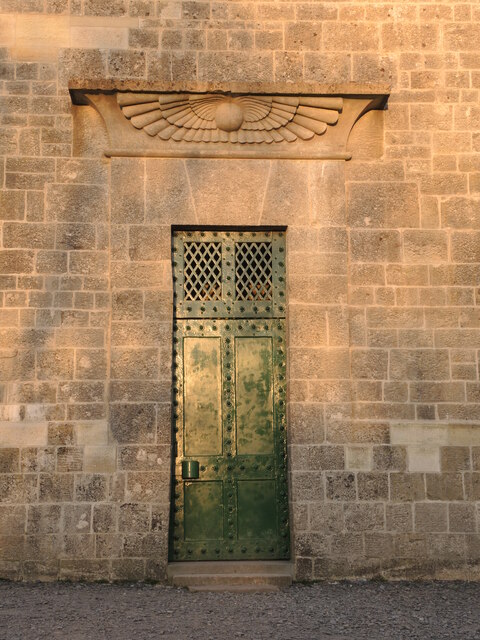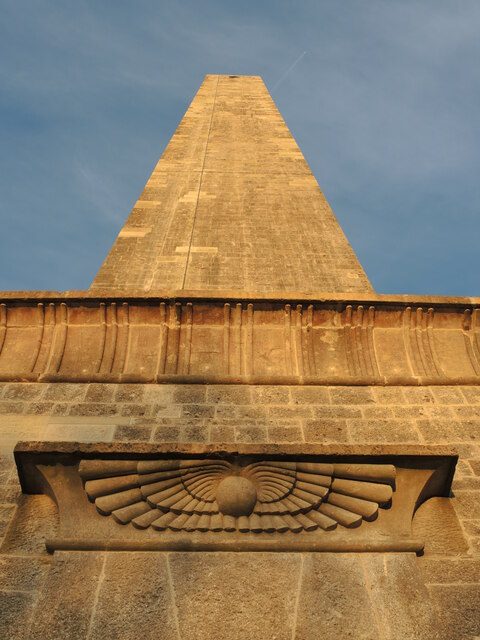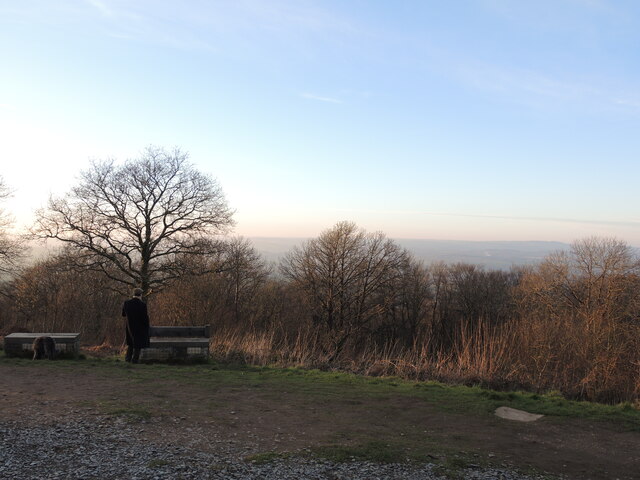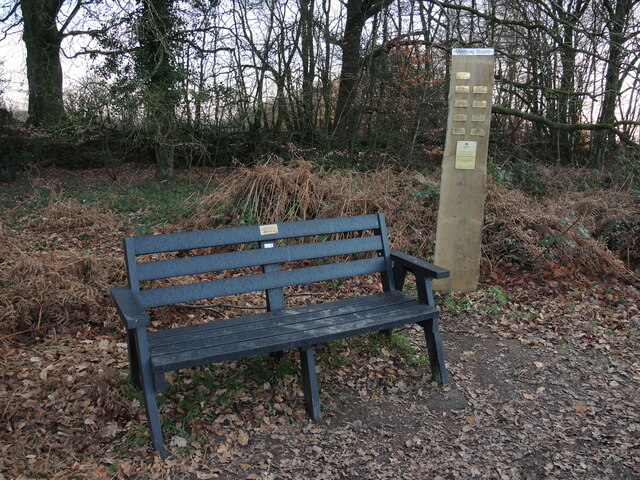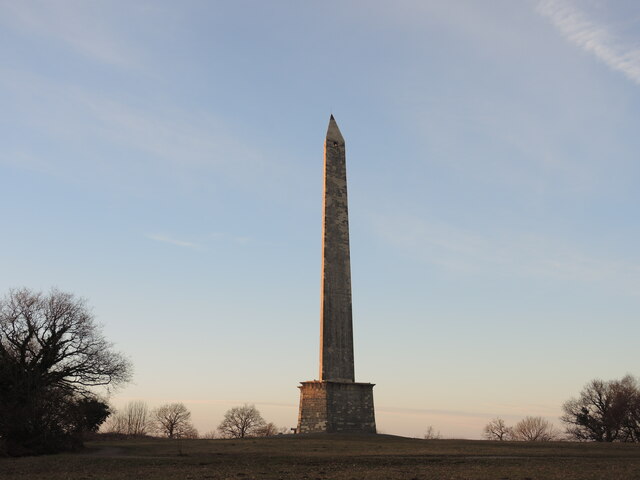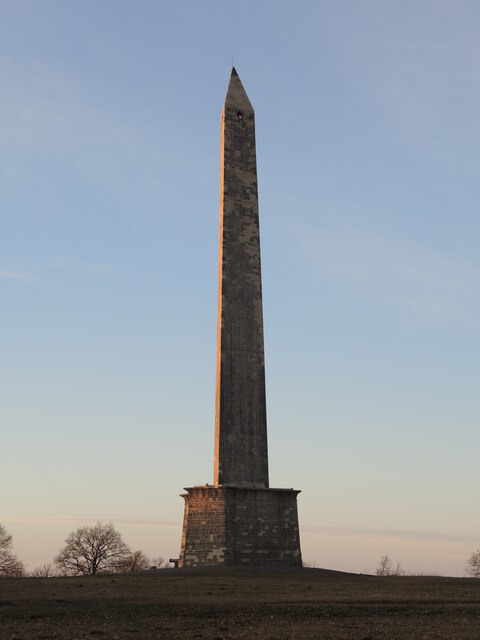Shooting Pits Wood
Wood, Forest in Somerset Somerset West and Taunton
England
Shooting Pits Wood
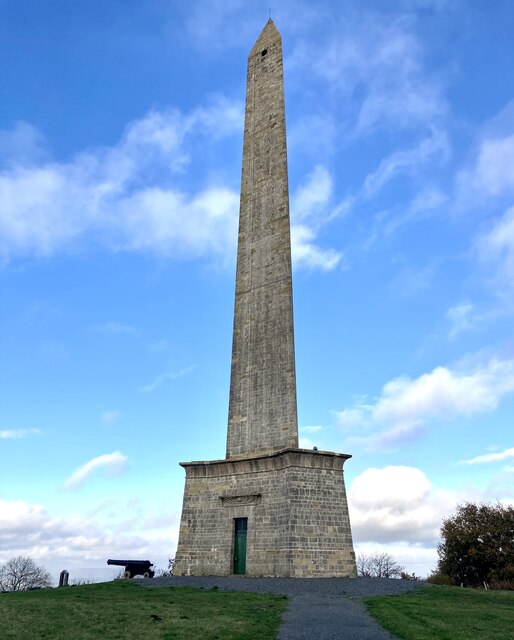
Shooting Pits Wood is a picturesque forest located in Somerset, England. Covering an area of approximately 200 acres, it is a popular destination for nature enthusiasts, hikers, and wildlife photographers. The wood is situated near the village of Croscombe, just a short drive from the historic city of Wells.
The forest is characterized by a diverse range of tree species, including oak, beech, ash, and birch. These trees create a dense canopy, providing shade and shelter for a variety of wildlife. Walking through Shooting Pits Wood, visitors are likely to encounter an abundance of flora and fauna, such as bluebells, ferns, and various species of birds, butterflies, and small mammals.
The wood is crisscrossed by a network of well-maintained trails, making it easy for visitors to explore the area. Additionally, there are several picnic areas and benches scattered throughout the forest, providing the perfect spot to relax and enjoy the peaceful surroundings.
Shooting Pits Wood holds historical significance as well. It was once used as a clay shooting range, hence its name. Although the shooting activities have long ceased, the remnants of the shooting pits can still be seen in some areas of the wood, providing a glimpse into its past.
Overall, Shooting Pits Wood offers a tranquil escape from the hustle and bustle of everyday life. With its natural beauty, diverse wildlife, and easy accessibility, it is an ideal destination for those seeking a serene and enchanting woodland experience in the heart of Somerset.
If you have any feedback on the listing, please let us know in the comments section below.
Shooting Pits Wood Images
Images are sourced within 2km of 50.951937/-3.2295515 or Grid Reference ST1317. Thanks to Geograph Open Source API. All images are credited.

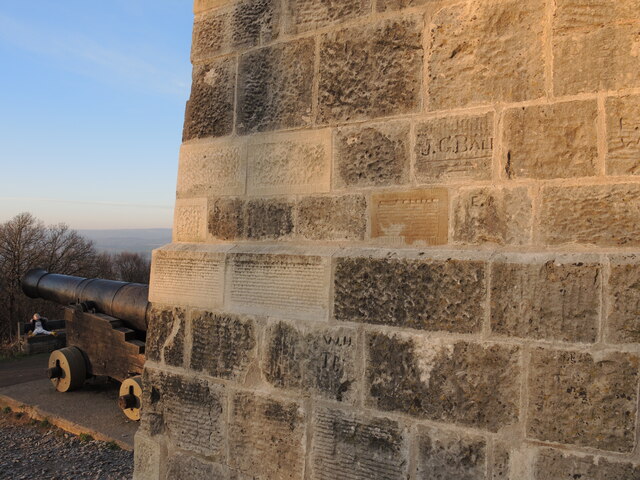
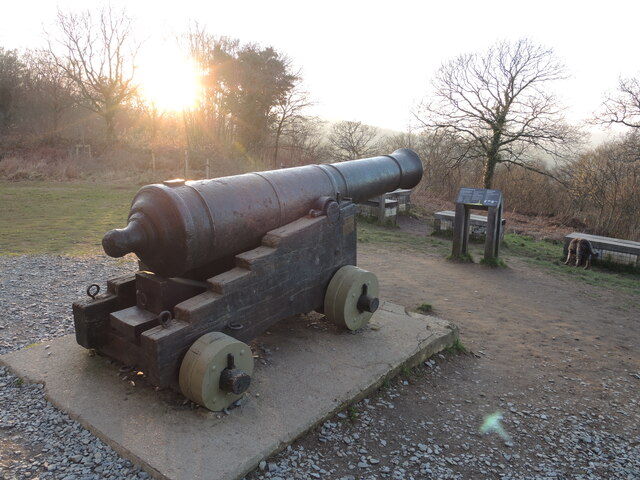
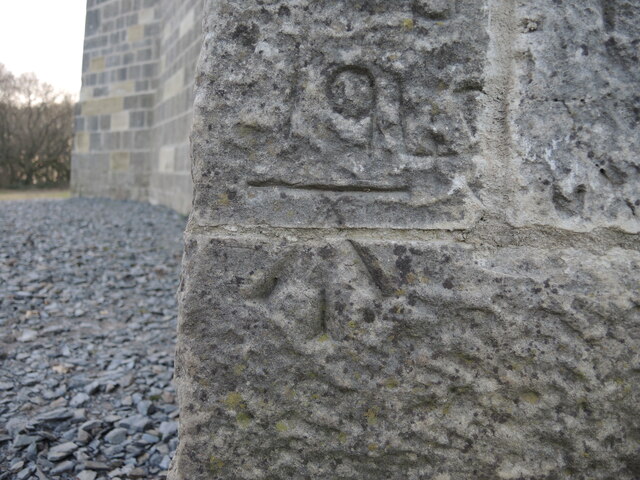
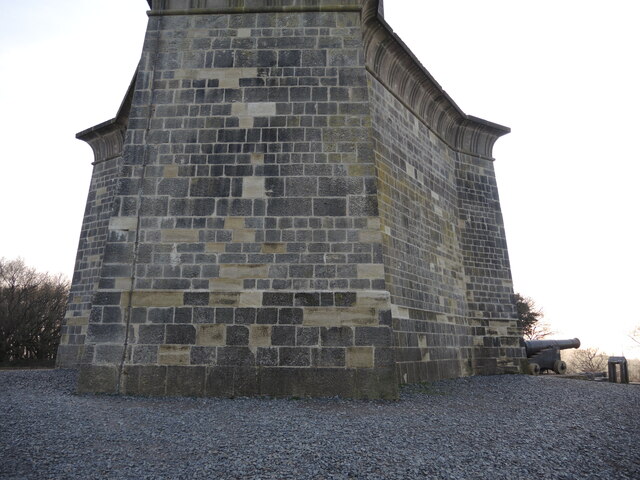
Shooting Pits Wood is located at Grid Ref: ST1317 (Lat: 50.951937, Lng: -3.2295515)
Administrative County: Somerset
District: Somerset West and Taunton
Police Authority: Avon and Somerset
What 3 Words
///grin.luckier.retaliate. Near Hemyock, Devon
Related Wikis
Wellington Monument, Somerset
The Wellington Monument is a 175-foot-high (53 m) triangular obelisk located on a point of the Blackdown Hills, 3 km (1.9 miles) south of Wellington in...
Blackdown Hills National Landscape
The Blackdown Hills National Landscape is a National Landscape along the Somerset-Devon border in south-western England, which were designated in 1991...
Wellington Rural District, Somerset
Wellington was a rural district in Somerset, England, from 1894 to 1974. It was created in 1894 under the Local Government Act 1894. In 1974 it was abolished...
Wellington Without
Wellington Without is a civil parish in Somerset, England. It lies south of Wellington and has a population of 727. The parish includes the hamlet of Ford...
Nearby Amenities
Located within 500m of 50.951937,-3.2295515Have you been to Shooting Pits Wood?
Leave your review of Shooting Pits Wood below (or comments, questions and feedback).
